Robert Stilin’s Personal Work
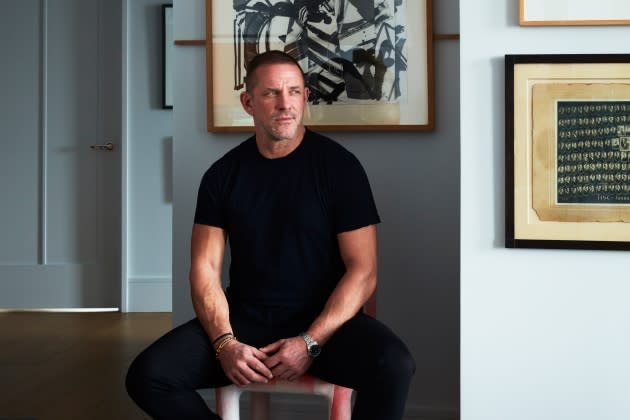
Robert Stilin is in New York, with a flight for Palm Beach scheduled the following day, D.C. the week after and a stop in the Hamptons in between.
Such is the schedule for one of the most in-demand interior designers of the in-the-know crowd, who currently has projects from Louisville, Kentucky, and the Yellowstone Club in Montana to Seattle and Washington, Connecticut (as well as the above-mentioned destinations), and is known for work on Oscar de la Renta designer Fernando Garcia’s SoHo home and Howard Schultz’s post-Starbucks office in Seattle.
More from WWD
As the world of interiors continues to grow and more and more of the fashion world jump to include interior design in their businesses, someone like Stilin finds themselves smack in the middle: a natural understanding of fashion meets interior design eye.
Stilin, for his part, says he doesn’t see interiors as being fashionable.
“I’m not big on trends and all that kind of stuff, but I get that there are trends. I’m trying to create things that are more about the person, and more about the space, and their lifestyle, and all that kind of stuff, than it is about any kind of thing,” he says. “I want to make interiors that people look good in clothes in, and they look good in naked, and they look good in whatever. I think that it’s fun to be kind of relevant, and know what’s going on, and all that kind of stuff. So many fashion designers have gotten into design. They’re designing objects, and furniture, and all that kind of stuff. Interior designers don’t really design clothing, but…there’s just all this overlap, and I think it’s good, and it’s interesting. It’s just part of the conversation and story.”
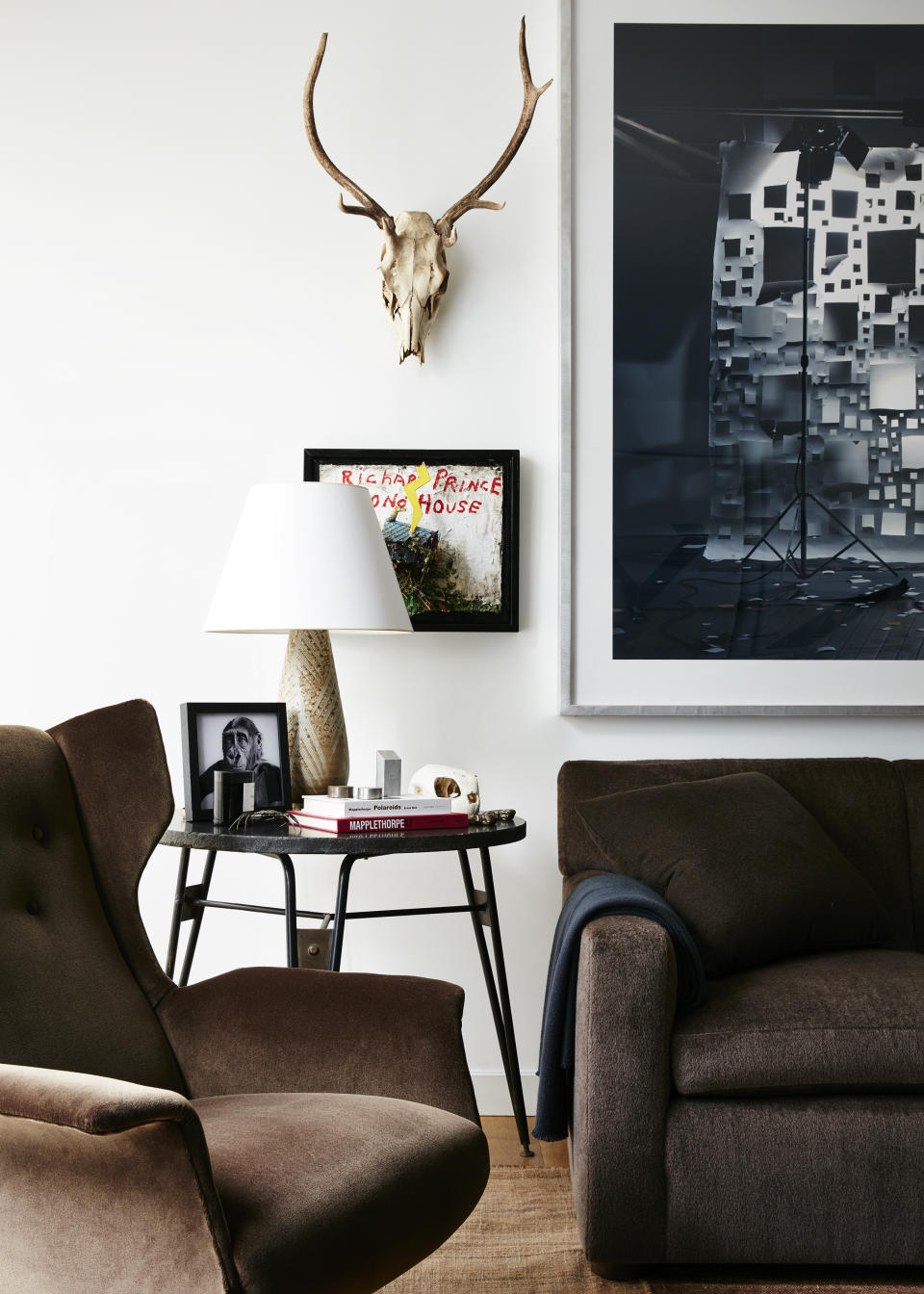
Still, fashion remains a huge inspiration to Stilin, who says he especially pays attention to how much thought is put into stores today.
“The designers and creative directors are very involved in all that in a way that they wouldn’t have been 10 or 20 years ago,” he notes. “I was in Milan, and I was at the Saint Laurent store, which was designed by Anthony Vaccarello and his boyfriend. There’s custom furniture and all these sorts of details. It inspired a lot of different things in me when I was in that store.”
Stilin grew up in northern Wisconsin in a self-made family he describes as living a “very classic Midwestern lifestyle.”
“Northern Wisconsin, I would say, wasn’t really necessarily big on design particularly,” he admits.
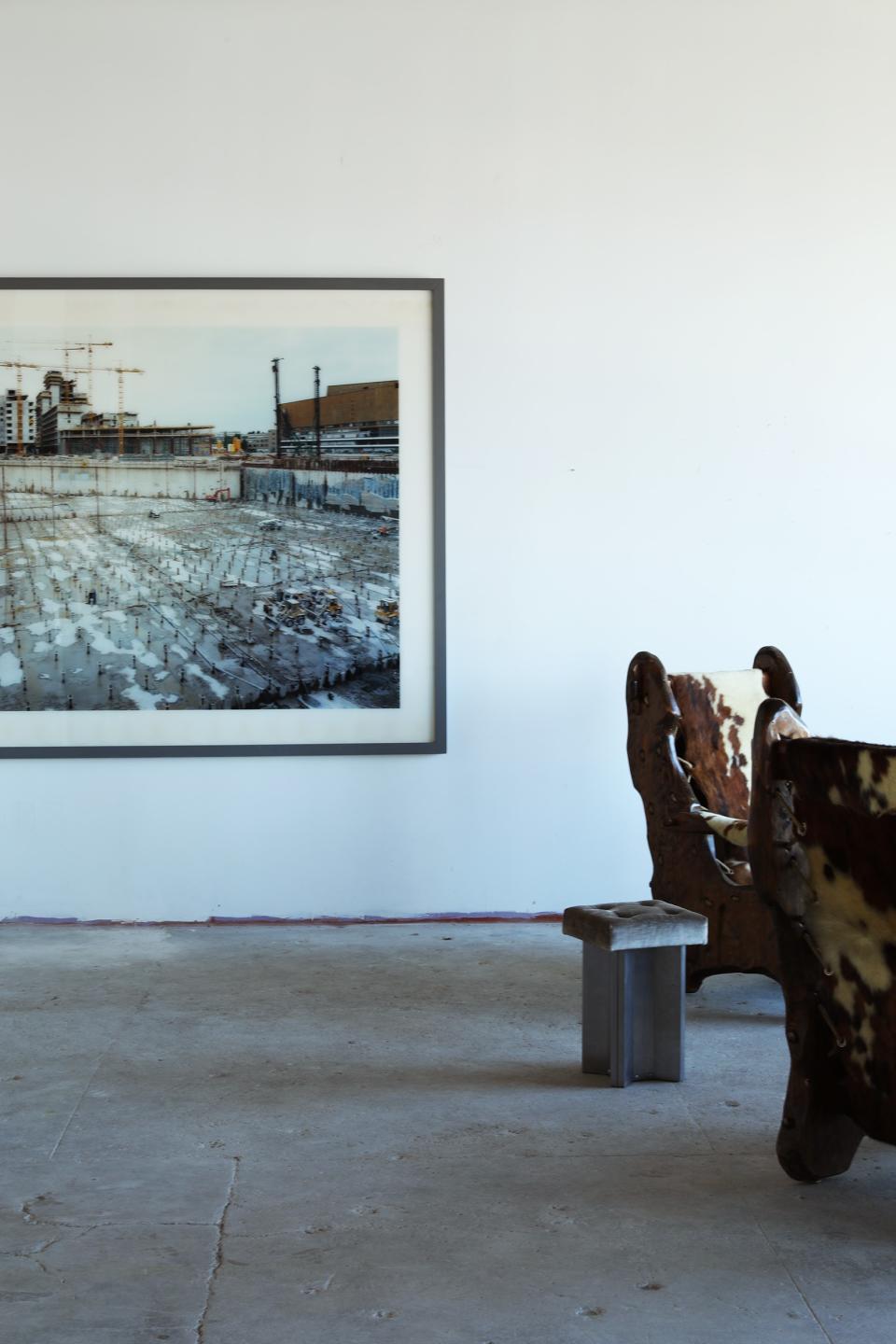
The family lived in a ‘20s clapboard house that had a contemporary ‘70s addition on it; “it was a weird house,” Stilin recalls.
He liked to draw houses and cars and the like when he was a kid, but never considered it anything other than a hobby. After boarding school he moved east to attend Skidmore College in upstate New York and ended up spending time in the city, which opened him up to new ideas of what his career might be.
At 25 he opened his first business, a lifestyle store in Palm Beach, Florida.
“Back then, the design world was still very closed. There was Ethan Allen, and there was Bloomingdale’s furniture department, and that was about it. Things like Crate & Barrel, and West Elm, and all those things, and Design Within Reach, they either were just starting and had one store or two stores, or they didn’t even start yet. That all came in the ’90s,” he says.
He and his now ex-wife had just gotten married and were trying to furnish their house, and grew frustrated trying to find pieces they liked.
“I decided to open a lifestyle store and bring all the things that we wanted to get for our house to market in a chic, cool store, but it was more like an entrepreneurial thing. I was like, ‘I’m going to make this store. I’m going to prototype it, and then I’ll open one in New York, and L.A. and Chicago, and Atlanta, and Miami, and just build up a company, and sell it, and then go on to the next thing,’” Stilin says. “But that didn’t happen. People came in, and they were like, ‘Oh, we really like your store, and we like your stuff, and we want to buy this, and that, and whatever. By the way, can you help us with our house? It’s 10,000 square feet. It definitely needs to be furnished.’ So that’s how I got into design.”
In the coming year, Stilin aims to get to work on a second book, but his most pressing project is of a personal nature: after 13 years in SoHo, he is relocating to Red Hook in Brooklyn to a new loft he is currently under construction on. The sixth-floor space boasts 8×10 foot windows, 13 to 17 foot ceilings with a 1,600-foot living space facing a view of the Statue of Liberty, Governor’s Island and all of New York Harbor. For the first time in his life he’ll be able to fully hang his art collection.
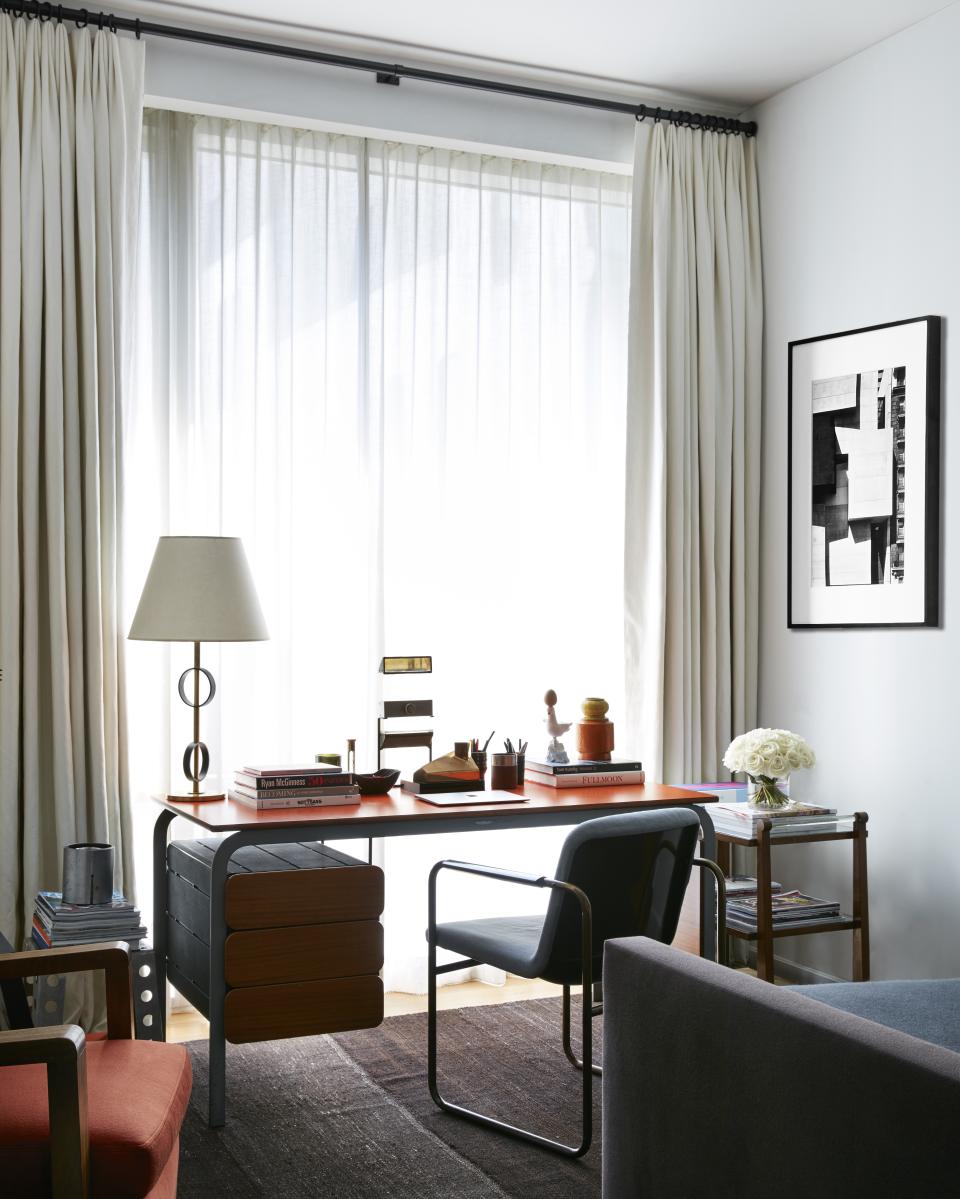
As a self-described Manhattan person, it was the excitement of scale that brought Stilin to this project.
“It’s the space. It’s the volume. It’s the vibe, and it’s also me. It’s just like it’s where I am right now. Ironically, there’s a part of Red Hook that reminds me of northern Wisconsin and Minnesota. In fact, I grew up 100 miles from these two port cities, Duluth, Minnesota, and Superior, Wisconsin. They have shipyards there and there’s a lot of grain. And the ships would come from Europe that came across all the Great Lakes and everything. It was all there,” he says. “I was buying my apartment last January, and one day, I went to see the apartment and then I went to my new favorite cool coffee spot. I was walking back, and I went around a corner, and I saw my building. Then behind it, I saw the shipyard and Lower Manhattan. And I was like, ‘This feels like Duluth, Minnesota to me.’ It was just so crazy. Forty years later.”
He hopes to be done by the end of the summer.
“I’m excited to live in that kind of space in New York City with that kind of volume, and views, and the lights, and also to be able to live with big art and big-scale furniture,” Stilin says. “I’m excited to be able to have a dinner party for 24 people. I’m excited to be able to be in this volume by myself, to just meditate or to have a coffee or read or whatever, and listen to music. It just feels very freeing.”
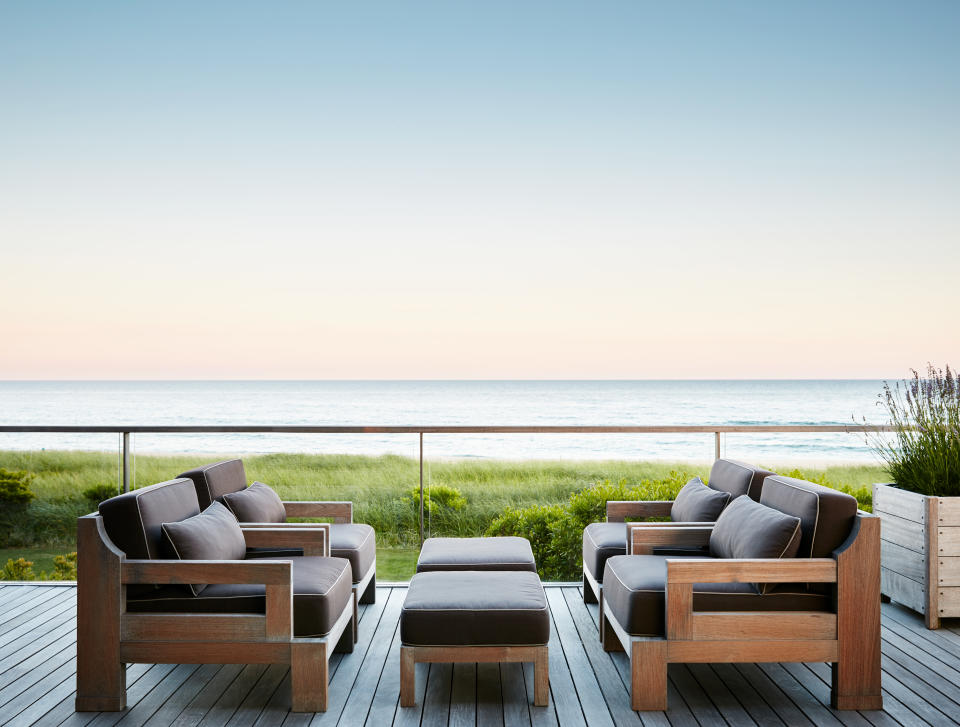
Best of WWD

